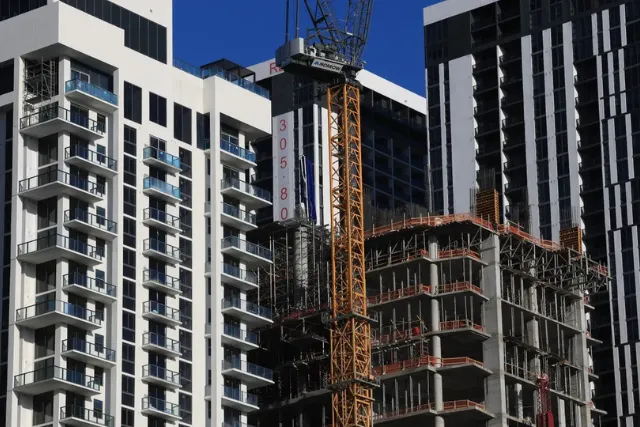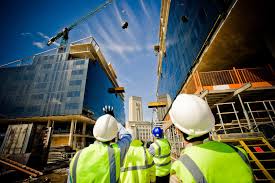
For the sixth time in the past seven months, nonresidential construction spending declined, highlighting continued weakness in the private sector amid lingering economic uncertainty.

Spending dropped 0.1% in June to a seasonally adjusted annual rate of $1.241 trillion, according to an Associated Builders and Contractors (ABC) analysis of new U.S. Census Bureau data. The numbers reveal a 0.3% decline in private nonresidential construction, while public nonresidential spending inched up by 0.1%.
Of the 16 nonresidential subcategories tracked by ABC, nine saw declines in June. This ongoing contraction reflects industry hesitation in the face of uncertain macroeconomic conditions, particularly concerning tariffs and labor shortages.
“Employment growth in construction has slowed over the past year as uncertainty about tariffs and labor availability have caused owners to delay, stretch out, shrink and cancel projects,” said Ken Simonson, chief economist at the Associated General Contractors of America (AGC). “As more structures that broke ground in past years reach completion, it is likely that industry employment growth will taper off even more.”
Manufacturing projects experienced a 0.5% decline in spending for the month, while commercial construction dropped 0.7%. The slowdown in these critical sectors signals a broader reluctance among private developers to launch new projects amid policy ambiguity.
ABC Chief Economist Anirban Basu said, “Recent declines would be worse if not for the ongoing increases in public nonresidential spending. While ABC members remain optimistic about the second half of the year… recent data pertaining to both the construction industry and the broader economy suggest weakness could persist in the months to come.”

Indeed, public sector investment is proving to be a stabilizing force. Compared to June 2024, public nonresidential spending increased by 5.1%, helping to offset a 4% year-over-year decline in private nonresidential construction.
Industry officials are urging the federal government to bring more predictability to trade and labor policy. AGC leaders called on President Donald Trump’s administration to finalize trade deals and take a more focused approach to immigration enforcement.
“The more uncertainty there is, the less likely developers are going to invest in significant new construction projects,” said Jeffrey Shoaf, AGC CEO. “The more this administration can do to provide economic certainty, the more likely demand for construction will rebound.”
AGC also recommended that immigration enforcement prioritize individuals engaged in criminal activity rather than implementing broad actions that could further disrupt the construction workforce.
Despite lingering optimism for the remainder of 2025, construction firms are bracing for a potentially prolonged period of reduced activity unless private sector confidence is restored. Continued growth in public infrastructure spending may provide some relief, but experts warn it won't be enough to fully counterbalance the ongoing contraction on the private side.
Originally reported by Sebastian Obando in Construction Dive.